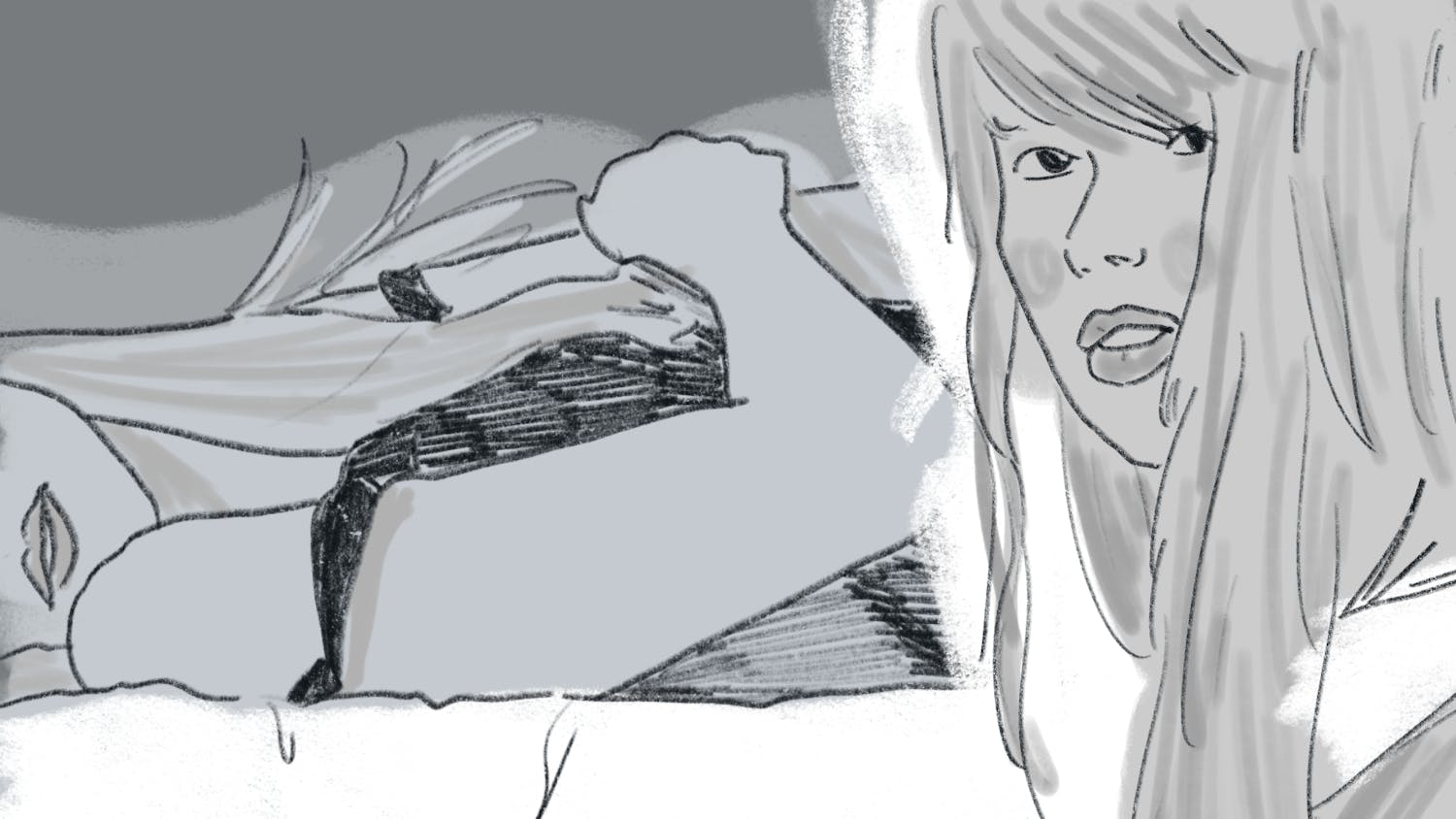Whenever an adaptation of a popular novel hits theaters, the first question on the mind of the audience is typically, "Is the movie as good as the book?" This question is especially relevant with "Seabiscuit," as Laura Hillenbrand's novel -- on which the film is based -- was a massive success just two years ago.
In this case, the answer to the aforementioned question is simple: the novel is far superior to the motion picture. That said, the movie holds up well on its own, particularly for those who have not had the privilege of reading the book and would not miss the omissions of the movie in relation to the text.
The remarkable true story of the fabled racehorse Seabiscuit carries the movie, even if it appears in a watered-down version. The plot follows the three men who combine their efforts to make a discarded horse into a national hero.
The central figures are Red Pollard, a downtrodden jockey who finally catches his break with Seabiscuit; Charles Howard, the wealthy and gregarious owner of the horse; and Tom Smith, the reticent trainer who relates better to horses than he does with people.
The bulk of the movie takes place in the era surrounding the Great Depression, when horseracing ruled as one of the preeminent sources of entertainment in the United States.
Throughout the narrative, director Gary Ross intersperses groups of images from the period, along with a documentary-style narration, to emphasize the state of the America during the rise of Seabiscuit to national glory. These pieces are effectively woven into the movie, and they provide essential historical background.
The acting is generally adequate. Jeff Bridges does a solid job portraying the flamboyant Howard. Especially notable in his performance is the contrast between Howard's demeanor at the outset of the film, when he is a supremely happy and successful businessman, to his disposition in the middle portion, when he is recovering from the tragic death of his young son and adjusting to his subsequent divorce.
Tobey Maguire, however, seems most out of place in his role as Red Pollard. In the novel, Pollard is a gritty man who constantly must battle with recurring injuries and alcoholism. Maguire more or less acts with a general anger that doesn't effectively recall Pollard's more complex problems.
While one must use one's imagination to see Maguire as a jockey, an actual jockey, Gary Stevens, plays Pollard's rival George "The Iceman" Woolf. While Stevens' acting is rather unrefined, his obvious ease in depicting a jockey makes for an impressive screen presence and an added level of authenticity.
Chris Cooper also does a good job playing the taciturn Tom Smith, but the acting highlight of the movie comes courtesy of William H. Macy. Macy plays the hyper radio announcer Tick Tock McGlaughlin. Macy steals every scene he is in with his energetic and comical performance.
The main gripe with the movie is its obvious inferiority to Hillenbrand's exceptional novel. One of the strengths of the book came from the great detail used to introduce and develop the three main figures around Seabiscuit.
While there are a few scattered scenes of a dirt-poor Pollard racing in the lowest rungs of the horseracing circuit and some views of Smith living communally with horses in the wild, much of the character development in the film goes by the wayside.
The book is gripping because of its darkness and lingering sense of possible disaster, yet the movie instead moves at a leisurely pace that presents a much lighter version of the Seabiscuit saga. The result is an interesting and at times quite exciting plot, but it is a story that lacks the distinctiveness of the novel.
Nevertheless, the true story is so compelling that the movie still works well. "Seabiscuit" does an admirable job of capturing the frenzy surrounding not only the famed horse but also the horseracing culture in general.
On first glance, some of the plot developments can come off as slightly unbelievable, but the film's real-life basis makes watching it more enjoyable.
In getting the Hollywood treatment, "Seabiscuit" definitely loses many of the elements that made the novel an enormous popular and critical success.
However, the film still stands on its own as an enjoyable account of one of the most improbable and exciting stories in American sports history.



